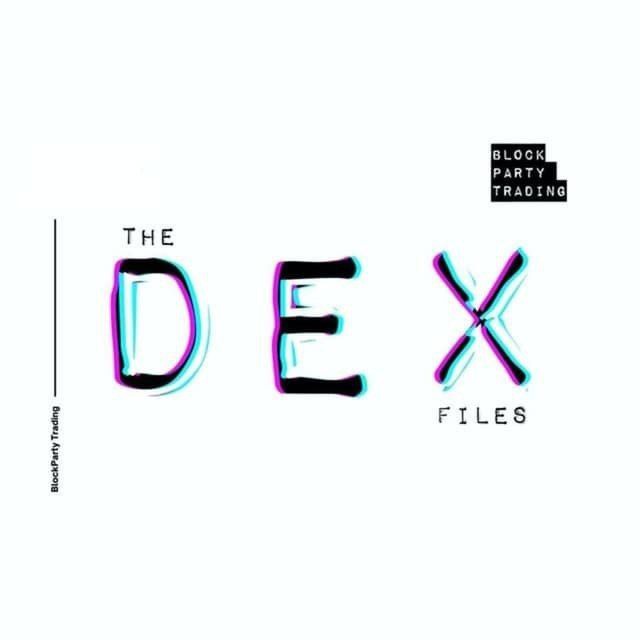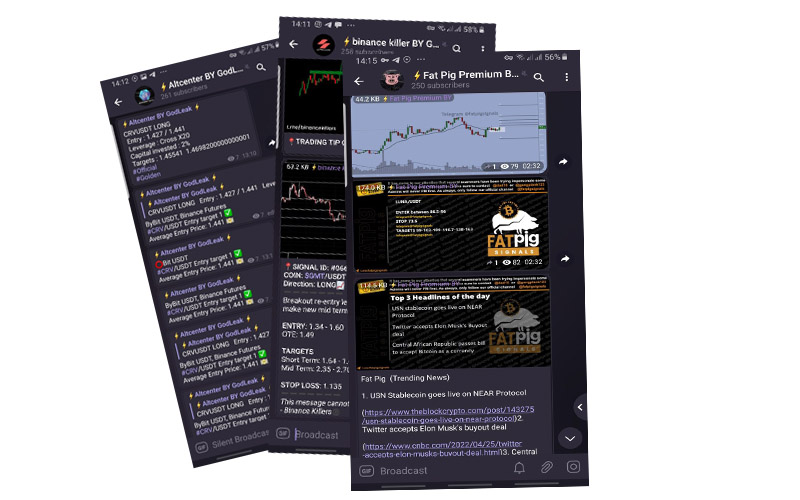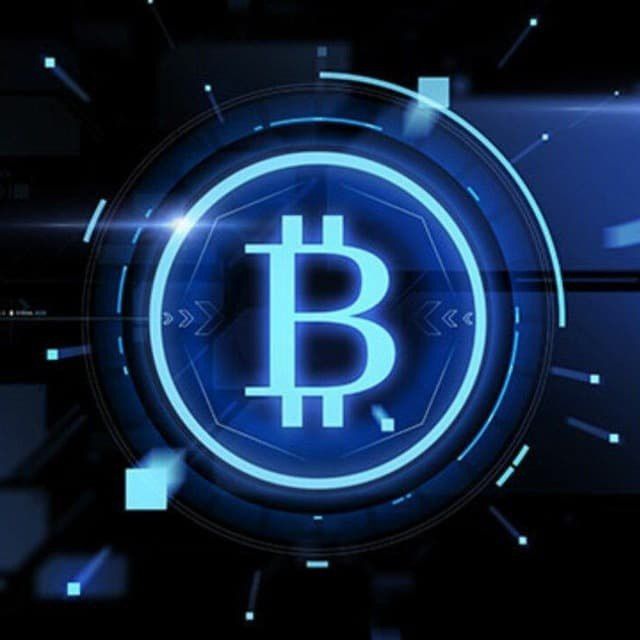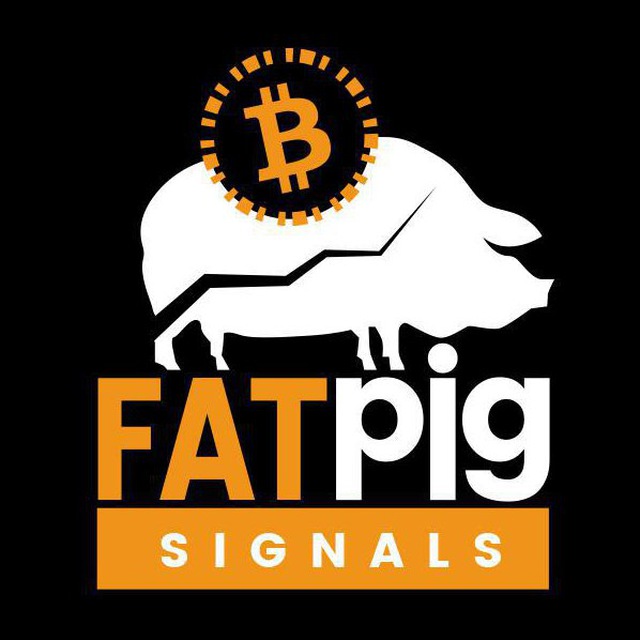A Complete Guide to P2P Decentralized Exchanges (DEXs)

In the consistently developing scene of digital money, decentralized trades (DEXs) have arisen as a promising option in contrast to concentrated trades (CEXs). Among these DEXs, distributed (P2P) DEXs stand out because of their interesting way to deal with exchanging computerized resources. In this aide, we investigate what a P2P DEX is, its remarkable benefits, and how it executes crypto exchanges.
Understanding the basics of P2P DEXs
A P2P DEX, as the name proposes, is a decentralized trade that permits one client to exchange digital currencies straightforwardly with another client.
In contrast to concentrated trades, where exchanges are worked with by a focal power that controls the assets and matches orders, P2P DEXs totally eliminate the requirement for an outsider delegate. That implies clients can execute with each other safely and keep up with full control of their assets all through the exchanging system.
AMM DEX vs. P2P DEX
Decentralized trades have turned into a well known method for exchanging crypto as of late. Nonetheless, it’s essential to take note of that there are two fundamental sorts of decentralized trades: computerized market producer (AMM) DEXs and shared (P2P) DEXs.
They contrast essentially in two ways: how resources are traded and the way in which not set in stone.
Mechanism of exchanging assets
AMM DEXs, like Uniswap and SushiSwap, use liquidity pools and numerical recipes to decide the cost of resources. These pools are subsidized by liquidity suppliers who store equivalent upsides of two unique digital forms of money, empowering clients to exchange against the pool. The cost is powerfully changed in light of the organic market inside the pool, prompting a steady cost bend.
Then again, P2P DEXs work with direct exchanges between clients without the requirement for a liquidity pool or midway controlled brilliant agreements. Clients can make their orders and determine the value they will trade. Along these lines considering greater adaptability in arranging costs. The P2P approach gives clients more command over their exchanges, while AMM DEXs depend on predefined calculations to decide costs.
Get to know Godleak
Godleak crypto signal is a service which provide profitable crypto and forex signals. Godleak tried to provide you signals of best crypto channels in the world.
It means that you don’t need to buy individual crypto signal vip channels that have expensive prices. We bought all for you and provide you the signals with bot on telegram without even a second of delay.

Godleak crypto leak service have multiple advantages in comparision with other services:
- Providing signal of +160 best crypto vip channels in the world
- Using high tech bot to forward signals
- Without even a second of delay
- Joining in +160 separated channels on telegram
- 1 month, 3 months , 6 months and yearly plans
- Also we have trial to test our services before you pay for anything
For joining Godleak and get more information about us only need to follow godleak bot on telegram and can have access to our free vip channels. click on link bellow and press start button to see all features
Join for Free
☟☟☟☟☟
https://t.me/Godleakbot
Also you can check the list of available vip signal channels in the bot. by pressing Channels button.
Slippage
AMM DEXs for the most part benefit from higher liquidity because of the constant financing from liquidity suppliers. Thus, clients can execute exchanges with negligible slippage, in any event, for huge orders. Notwithstanding, the cost slippage might increment for bigger orders because of the restricted liquidity in the pool.
Interestingly, the liquidity of P2P DEXs depends exclusively on the exchanging exercises of clients. This can change altogether contingent upon the stage’s notoriety and interest for explicit exchanging matches. Accordingly, P2P DEXs could confront higher slippage for bigger orders, as finding matching requests at the ideal cost might challenge. This potential slippage is a significant thought for dealers looking to execute significant exchanges.
The advantages of P2P DEXs
P2P DEXs offer a few benefits that make them an alluring choice for the overwhelming majority digital money brokers contrasted with CEXs and AMM DEXs.
Upgraded security
One of the essential benefits of P2P DEXs is upgraded security. Since clients hold control of their confidential keys and assets, the gamble of hacks or burglaries related with concentrated trades or AMM DEX liquidity pools is essentially decreased. This genuinely decentralized nature guarantees that clients are not powerless against security penetrates that emerge from a weak link.
Information security
Numerous P2P DEXs permit merchants to participate in exchanges without uncovering their character or sharing individual data. Clients can exchange straightforwardly from their wallets, taking out the requirement for Know Your Client (KYC) methodology ordinarily forced by unified trades. This secrecy shields clients’ security and forestalls potential information breaks.
No outsider control
Conventional trades frequently hold clients’ finances in brought together wallets, giving the trade supplier full command over client resources. This has prompted various issues, like huge scope burglaries from programmers, abuse of assets, and leave tricks.
Interestingly, P2P DEXs use non-custodial wallets where clients hold their own resources. For exchanging, nuclear trade innovation is a specific sort of savvy contract that empowers direct exchanges between clients. Nuclear trades dispense with the requirement for a focal position to control reserves, lessening the gamble of resource botch or misfortune.
How P2P DEXs work
To understand how P2P DEXs work, let’s take a closer look at the underlying mechanisms involved.
Order matching
In a P2P DEX, trades are executed through order matching on order books. This is similar to how centralized exchanges function — except P2P DEXs don’t use a middleman.
When a user places an order to buy or sell a specific cryptocurrency on a P2P DEX, one of two things occur:
- The user creates a limit order that is filled if another user decides to accept the order. OR;
- The user creates a market order with an existing order.
Once a match is found, the trade executes via an atomic swap.
Atomic swaps
Nuclear trade innovation is a vital piece of P2P DEXs. A nuclear trade is a trustless and decentralized strategy for trading digital currencies between two gatherings without the requirement for a middle person. This exchanging innovation is controlled by Hashed Timelock Agreements (HTLCs). HTLCs execute the nuclear trades in light of settled upon models.
Nuclear trades are Classified “nuclear” in light of the fact that either the exchange effectively executes and the two players accept their orders — or nothing occurs, and reserves are gotten back to their unique proprietors.
One benefit of nuclear trades is that they permit clients to straightforwardly trade cryptographic forms of money in view of the equivalent blockchain or digital currencies in light of two distinct blockchains. For instance, two clients can exchange local BTC and local ETH across their individual blockchains through nuclear trades. This arrangement doesn’t need a brought together liquidity pool or wrapped/intermediary token.
User reputation systems
P2P DEXs often implement user reputation systems to build trust and mitigate the risk of fraudulent activities. Traders receive reputation scores based on their trading history, successful transactions, and adherence to the platform’s rules. Reputation systems help users make informed decisions when choosing their trading partners.
What are examples of P2P DEXs?
A magnificent illustration of a P2P DEX is the Komodo Wallet. The Komodo Stage’s leader decentralized application is a multi-chain non-custodial wallet, DEX, and span all moved into one application. It offers the greatest cross-chain exchanging backing of any decentralized trade available, including both P2P DEXs and AMM DEXs.
With Komodo Wallet, clients can both HODL crypto resources and exchange straightforwardly from their wallets. Clients keep up with full control of their assets, while the stage guarantees that the exchanges are executed safely.
One more DEX to keep an eye out for is Decred’s decentralized trade, a non-custodial answer for cross-chain trade in light of nuclear trade innovation. The distributed trade offers no exchanging charges, complete protection, and the capacity to continuously remain in charge of your resources.
Decred’s DEX was casted a ballot in and worked by the local area, focusing on security and decentralization simultaneously. The DEX matches exchanging parties and works with cost revelation and the correspondence of trade subtleties.
Dfyn, one more decentralized trade, was quick to present on-chain limit orders, joining the force of a RFQ coordinating motor with a concentrated liquidity AMM. Orders on the DEX are coordinated to the most productive way by using shrewd request steering. Dfyn signal is a multi-chain viable shrewd exchange finding motor equipped for tracking down the best exchange for the client by contrasting different symbolic ways and various conventions with insignificant slippage.
Are P2P DEXs the future?
In general, P2P DEXs give a promising option in contrast to both concentrated trades and AMM DEXs, offering upgraded security, information protection, and client command over reserves. As the blockchain business keeps on moving towards decentralized advancements, P2P DEXs are probably going to assume a critical part in forming the fate of digital money exchanging.








